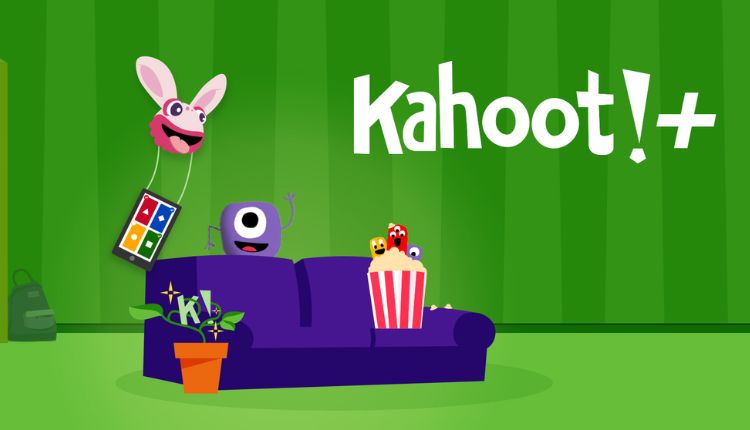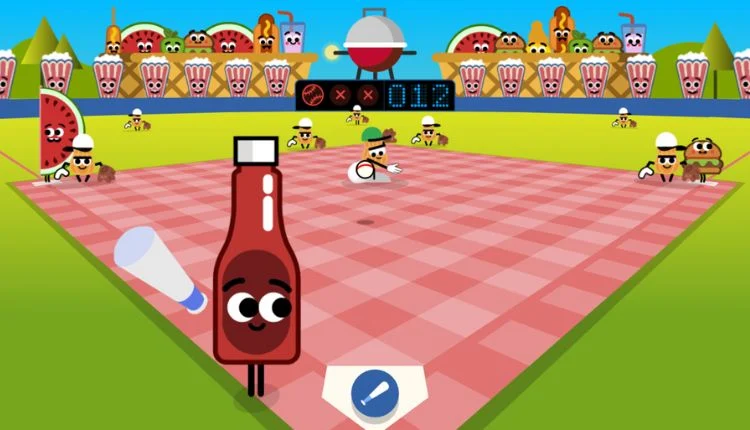Known for its game quizzes, Kahhoot! combines education with entertainment to create an enjoyable learning experience for people of all ages. Teachers, students, and even corporate trainers have embraced Kahoot as a tool that makes learning dynamic, engaging, and collaborative. The concept is simple but powerful, turning ordinary lessons or meetings into exciting quiz competitions that motivate participants to learn and have fun at the same time.
The origin and purpose of Kahoot
Kahhoot was launched in 2013 with a mission to make learning more accessible and fun. It was founded by a group of innovators from Norway who wanted to change the way students interact with educational materials.
Their goal was to create a platform where knowledge sharing and engagement could happen simultaneously. Kahoot! achieved this by integrating technology, gaming elements and education into one cohesive experience. Over time, the platform has evolved beyond the classroom and into business, social, and personal learning environments.
How Kahhoot works
The working mechanism of Kahhoot is straightforward and user-friendly. Teachers or hosts can create quizzes, surveys, or polls called “Kahoots” that can be played in real time or assigned as self-paced challenges.
Participants join the game using a unique code on their devices, making it easily accessible from anywhere. Each question appears on a shared screen and players answer it from their own devices, earning points for correct and quick answers. The competitive format keeps participants attentive and motivated throughout the session, creating an unforgettable learning experience.
Kahhoot in education
Kahhoot revolutionised education by introducing a new way of learning and teaching. Traditional methods often struggle to keep students engaged, but Kahoot changes that dynamic. Gamifying the learning process helps students absorb information faster and retain it longer.
Teachers use Kahoot to quickly grade, review lessons, and encourage each student to participate. It also allows for collaboration and friendly competition, which can make learning more enjoyable and less stressful. From elementary schools to universities, Kahoot has become an essential digital companion for educators around the world.
Kahoot! Beyond the Classroom
While Kahhoot is widely recognized as a classroom tool, its usefulness extends far beyond schools. Many organizations and businesses use Kahoot during training, workshops and team-building activities. It adds a layer of engagement and interactivity to otherwise monotonous meetings.
Corporate trainers use it to assess knowledge retention, introduce new concepts, or simply recharge participants during long sessions. Families and friends also use Kahoot for virtual get-togethers, parties, or trivia nights, proving that the platform can seamlessly connect learning and fun in a variety of contexts.
Features that make Kahoot! unique
Several distinguishing features make Kahoot! stand out among other learning tools. Its intuitive design allows anyone to create a quiz in minutes without the need for technical knowledge. An interface, a real-time leaderboard and music effects add to the excitement of the experience.
Kahhoot! also supports multimedia integration, allowing creators to include images, videos, and diagrams to enrich their quizzes. In addition, it offers various game modes, such as team play, classic mode and challenge mode, that are suitable for both in-person and remote participants. The platform also has an extensive library of pre-made quizzes, making it easy for users to find ready-made content for any topic or occasion.
Kahoot! and distance learning
With the rise of distance and hybrid learning, Kahhoot! has proven to be a valuable tool for keeping students connected and engaged. During online courses, teachers can host live Kahoot! sessions that students participate in from their homes in real time.
The platform’s compatibility with video conferencing tools such as Zoom, Google Meet and Microsoft Teams ensures seamless integration and accessibility. At a time when many were struggling to maintain focus in virtual classrooms, Kahoot! provided a way to bring energy, motivation and fun to digital education.
The psychology of learning through play
One of the main reasons for Kahhoot success is its basis in the psychology of learning through play. Studies have shown that students retain information better when they are emotionally engaged and motivated. By turning education into a playful experience, Kahoot! taps into the human desire for competition and achievement.
Gamers are more likely to focus, think critically, and remember facts when learning feels like a game rather than a chore. This approach makes Kahoot! not only a tool for teaching but also for improving cognitive and social skills.
Kahoot for professional development
In a professional environment, continuous learning is vital, and Kahhoot! plays a key role in making it enjoyable. Companies use Kahoot to train employees on new policies, security practices, and product knowledge. It transforms traditional training modules into interactive challenges that encourage collaboration and engagement.
An instant feedback system allows trainers to gauge understanding and identify areas that require further explanation. This method promotes active learning, teamwork, and problem-solving skills that benefit both individuals and organizations.
Availability and global reach of Kahhoot
The availability of Kahoot! is another factor contributing to its widespread success. The platform supports multiple languages and is available on both desktop and mobile devices. This flexibility allows users from different regions and backgrounds to engage without barriers. Its global reach has made it a unifying tool for educators, students, and professionals worldwide. Whether it’s a small classroom in Asia or a large company in Europe, Kahoot! adapts to any environment with equal efficiency and excitement.
Educational impact and feedback
Teachers and students consistently report positive experiences using Kahoot. The interactive format encourages the participation of even the most reserved students and increases self-confidence and cooperation. Teachers appreciate how the platform provides real-time data on student performance, helping them tailor lessons to individual needs.
A gamified approach has also been shown to improve test scores and attendance rates, proving that engagement directly impacts educational success. Many educators now consider Kahoot an essential part of modern teaching methods.
The future of Kahoot
As technology continues to evolve, so does Kahoot. The platform is constantly introducing new features and updates to improve the user experience. Artificial intelligence and data analysis are incorporated. Artificial intelligence and data analytics are being incorporated to personalise learning experiences even further.
Kahoot’s creators envision a future where education is more interactive, inclusive, and enjoyable for everyone. With its growing popularity and innovation, Kahoot is likely to remain at the forefront of digital learning for years to come.
What’s Next?
Kahhoot has successfully transformed the learning landscape by blending knowledge with entertainment. Its interactive format, accessibility, and adaptability have made it a global phenomenon in education and beyond. By making learning enjoyable and inclusive, Kahoot empowers students, teachers, and professionals to connect, engage, and grow together. In a world where attention spans are shrinking, Kahoot stands as a reminder that learning can still be exciting, competitive, and deeply rewarding.
FAQs
What is Kahoot used for?
Kahoot! is an interactive platform used for creating and playing quizzes, surveys, and polls designed to make learning fun and engaging.
Is Kahoot! free to use?
Yes, Kahoot! offers a free version with basic features, while premium plans provide additional tools and customisation options for advanced users.
Can Kahoot be used outside of schools?
Absolutely, Kahoot! is used in businesses, training sessions, events, and even family gatherings to create interactive and enjoyable experiences.
Does Kahoot! require any app installation?
Participants can join a Kahoot! game through a web browser without downloading an app, though the mobile app offers added convenience.





